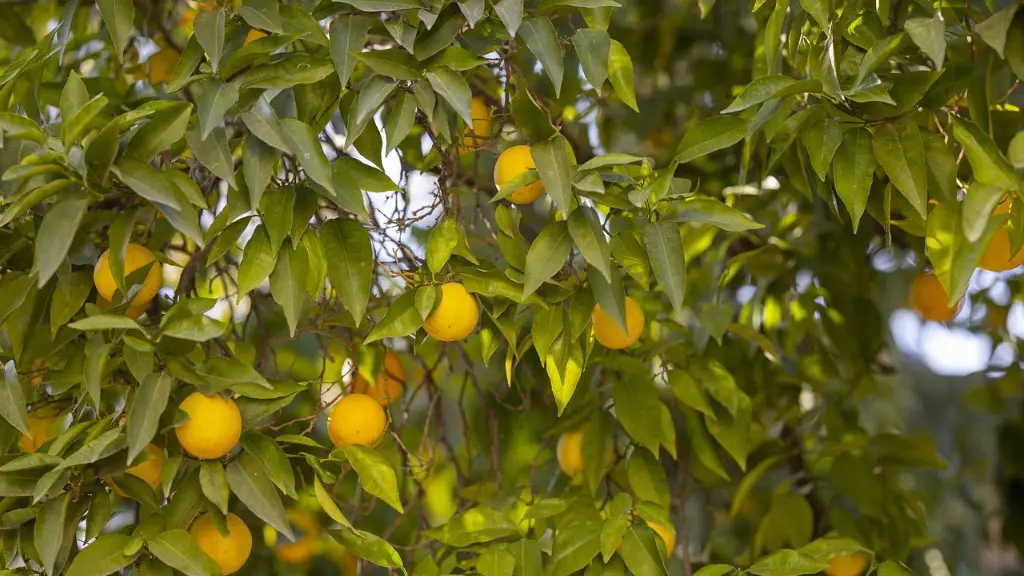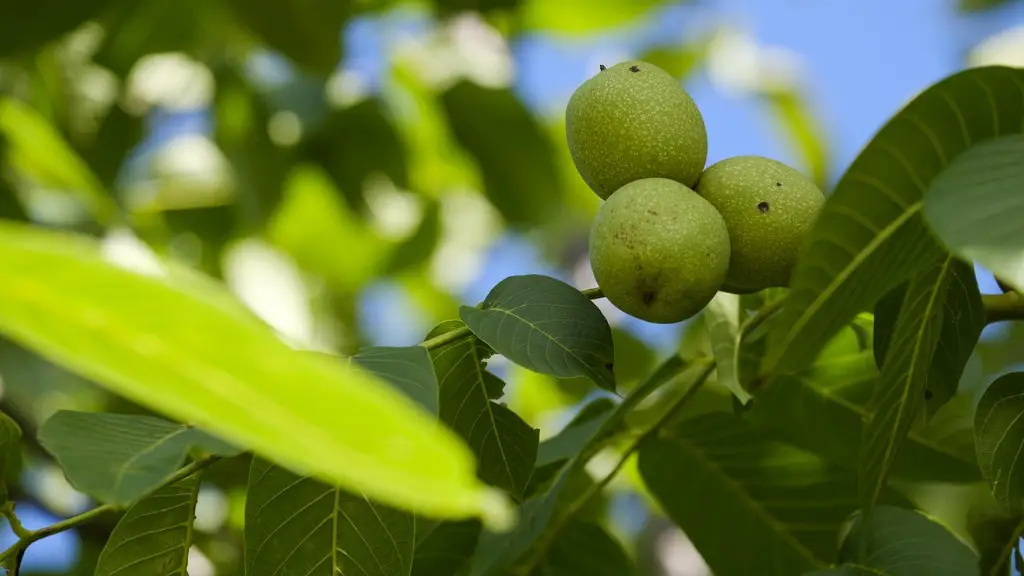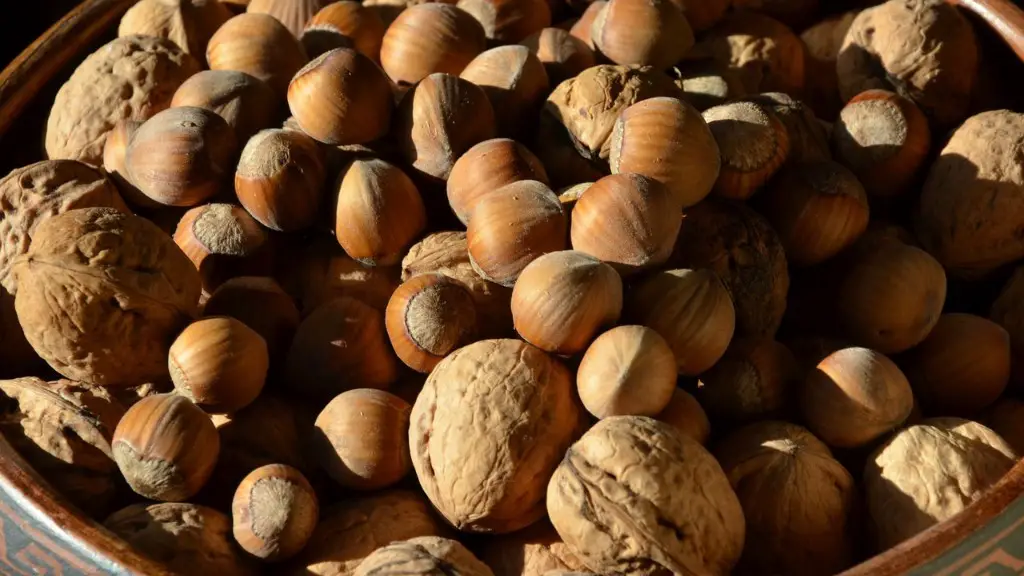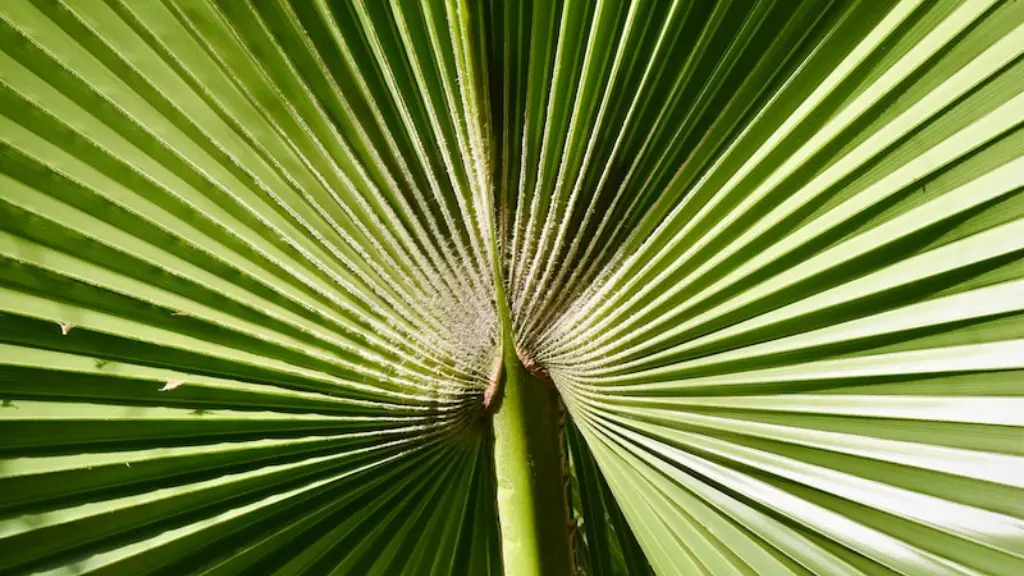What is the white stuff on my lemon tree? It is a sign that your citrus tree might be suffering from a fungal disease called Powdery Mildew. This fungal infection most commonly affects citrus trees that are planted in a shady area with poor air circulation. While it does not usually kill the tree, Powdery Mildew can weaken it and cause its growth to become stunted and appear unhealthy.
The white or greyish substance that is evident on the lemon tree’s leaves, stems, or petioles is the mycelium of the fungi. The mycelium creates long thin talons that penetrate the host plant where it provides nourishment and protection for the fungi. Without proper attention and treatment, the fungi can spread throughout the entire tree, resulting in total defoliation of it.
Powdery Mildew can be treated by improving the air circulation around the tree, pruning the branches and leaves, and avoiding excessive fertilization. Moreover, it’s possible to use fungicides to control the disease. Fungicides are generally most effective when applied early in the stage of the fungus. Local horticulturists can also be consulted for advice on what fungicides are suitable to treat the infection and advise on best-practice management.
Due to the ability of Powdery Mildew to spread rapidly, it is important to take corrective measures quickly. This is particularly the case if there is evidence of the white stuff on multiple trees, as it is likely that those trees are infected. Fungicides and other corrective measures are designed to stop the spread of the fungus and should be used as soon as possible.
Besides proper management and treatment, the best way to prevent Powdery Mildew is to plant citrus trees in an area that receives plenty of sunlight and has good air circulation. Always remember that fungi love warm and moist environments, so create a sunny and dry atmosphere around your citrus trees. This will give them their best chance to thrive and remain healthy so that you can enjoy the delicious lemons from your tree for years to come.
The Science Behind Powdery Mildew
Powdery Mildew is caused by a type of parasitic fungi that usually attacks plants during the summer months. The fungus lives on and releases spores on the leaves of plants, which serve as its nutrients and provide protection for the fungal structures. As the fungus feeds on the plant, it produces a white powdery substance on the leaves, stems, and petioles of the infected host. This white powdery material is the mycelium of the fungus and it is the main characteristic of Powdery Mildew.
The fungus reproduces quickly by forming spores on the surface of the plant that can withstand drought and other environmental conditions, allowing them to spread on the breeze and infect more plants. Powdery Mildew can also spread through water, which is why it is important to water only at the base of the tree and avoid wetting the leaves and stems.
The key to controlling Powdery Mildew relies on proactive management. Be sure to inspect your citrus trees regularly and take the necessary steps to prevent its spread. Regular pruning, creating an environment with good air circulation, avoiding excessive fertilization, and using fungicides when needed can all help in curtailing the disease.
The Impact of Powdery Mildew on Lemon Trees
The incidence of Powdery Mildew on citrus trees can be alarming, as the fungus can spread quickly and cause severe damage to the tree. When a lemon tree is infected, the white mycelium covers the leaves, petioles, and stems, resulting in the leaves turning brown, yellow, or purple. This causes the rate of photosynthesis to decrease significantly, causing the tree to become weak and prone to other diseases. As Powdery Mildew spreads throughout the tree, it may eventually lead to total defoliation.
In extreme cases, the fungus can spread to other parts of the tree, including the fruits of the lemon tree. If the fruits are affected, they may turn yellow and fall off before they are ripe. This not only results in a financial loss, but also the loss of nutrition to the surrounding soil.
Therefore, the best way to combat Powdery Mildew is to practice preventative measures, such as planting the trees in a sunny and well-ventilated area and avoiding excessive fertilizer. If the fungus does occur, it is important to treat it as soon as possible with the appropriate fungicides. Finally, it is always a good idea to consult a horticulturist for advice and treatment of the infected tree.
The Effect Of The Fungus On Other Plants
In addition to the lemon tree, Powdery Mildew can affect many other host plants such as roses, cucumbers, squash, grapes, peaches, and lilacs to name but a few. It is important to remember that this fungus can spread on the air and infect other plants, even those not directly in contact with the affected one. To avoid its spread, it is important to treat the affected plants as soon as possible and/or to take corrective and preventive measures.
In addition, the fungus can cause other types of damage to plants, such as reduced crop yield, decreased fruit size, premature leaf and fruit drop, and a decrease in the amount of flowers and fruits produced. Some plants may also start to become more susceptible to other diseases or pests due to the weakened state caused by Powdery Mildew.
Therefore, it is paramount to take swift action when Powdery Mildew is detected. Taking the appropriate corrective and preventative measures can save your plants from the damage caused by this fungus. And always remember that if the infection does spread to other plants, it is important to treat them as well.
Other Causes Of White Stuff On My Lemon Tree
While the white stuff on your lemon tree is likely to be Powdery Mildew, there are other causes of this issue. One of the most common is the presence of aphids, which can be identified by the presence of yellowed leaves and small ants on your tree. Aphids feed on the sap on the underside of the leaves, and this can cause the leaves to become discoloured and, when severe, can eventually cause leaf drop.
Other causes can be scale insects, which usually appear as black or brown spots on the tree, or an infestation of white fly, which tends to appear as small, white, moth-like creatures. When there is an infestation of white fly, the leaves may become distorted, discoloured, and wilted.
Fortunately, there are ways to treat these pests and protect your lemon tree. There are insecticides available that can be sprayed on the tree, but it is always best to consult a horticulturist before doing so. Additionally, attracting beneficial insects to your garden can also help to keep the pests away.
Finally, it’s important to note that while the white stuff on your lemon tree might be caused by Powdery Mildew, it is not always the case. Therefore, it is best to inspect the tree and identify the possible cause before taking any corrective action.




